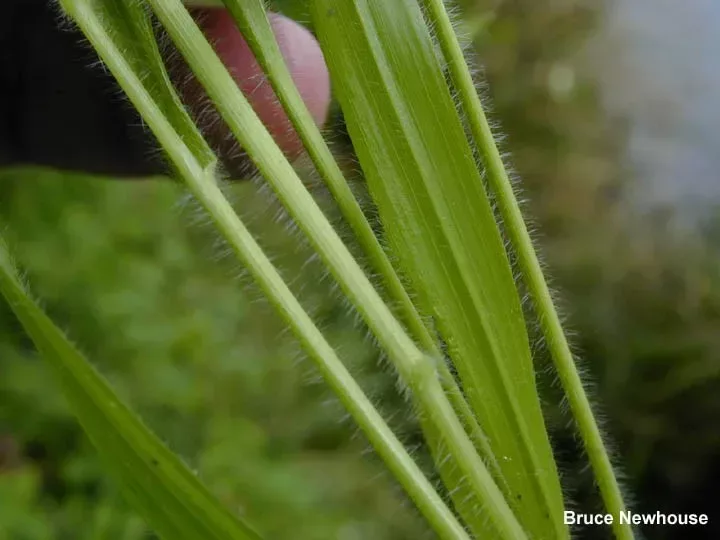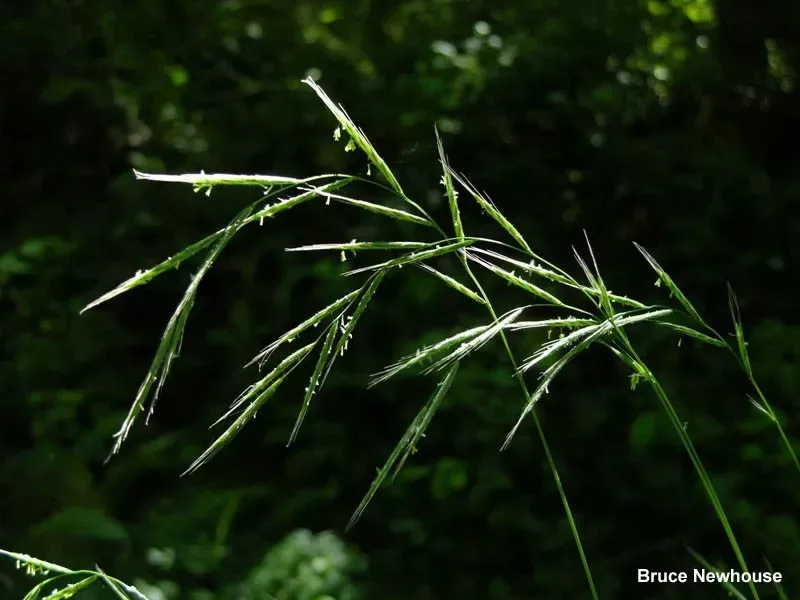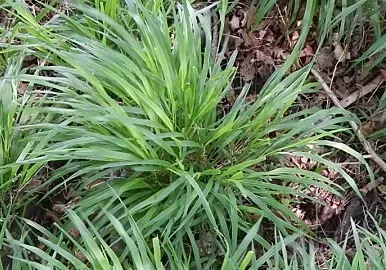
Slender false brome is a perennial grass that grows in dense clumps. This species has long, drooping, bright green leaves 5-12 mm wide, which can be covered in long, sparse hairs or may be hairless. Its flowering stalks grow up to two feet high with drooping inflorescences. The flowers bloom and form seed between June and September.


Slender false brome produces plentiful seeds which can easily spread on mowers, vehicles, hiking equipment, footwear and by deer. It quickly forms dense, single-species colonies which outcompete other vegetation. This plant is not palatable to wildlife or livestock.


Pathways of Invasion
It is unclear at this time how B. sylvaticum was introduced to the region, however it does appear to spread primarily by seed. Seed is transported by mowers and vehicles, and on hiking equipment/boots, as well as by deer.
Regional Distribution
Locally common. Slender false brome is know from only a few locations in WNY PRISM. In addition, populations have been identified in the Ithaca and Syracuse areas within FL PRISM, as well as small/isolated populations within LH PRISM.

Spread prevention and containment efforts, which include cleaning off footwear, hiking gear and vehicles after entering infested areas, are important. Mowing and herbicide treatments are common control methods for this plant. Mowing year after year can exhaust the seed bank, but may need to be combined with other management methods to achieve full control. Manual removal (hand pulling, digging) is recommended only for small patches, and should be done during the spring (prior to flowering).
This map shows confirmed observations (green points) submitted to the NYS Invasive Species Database. Absence of data does not necessarily mean absence of the species at that site, but that it has not been reported there. For more information, please visit iMapInvasives.
